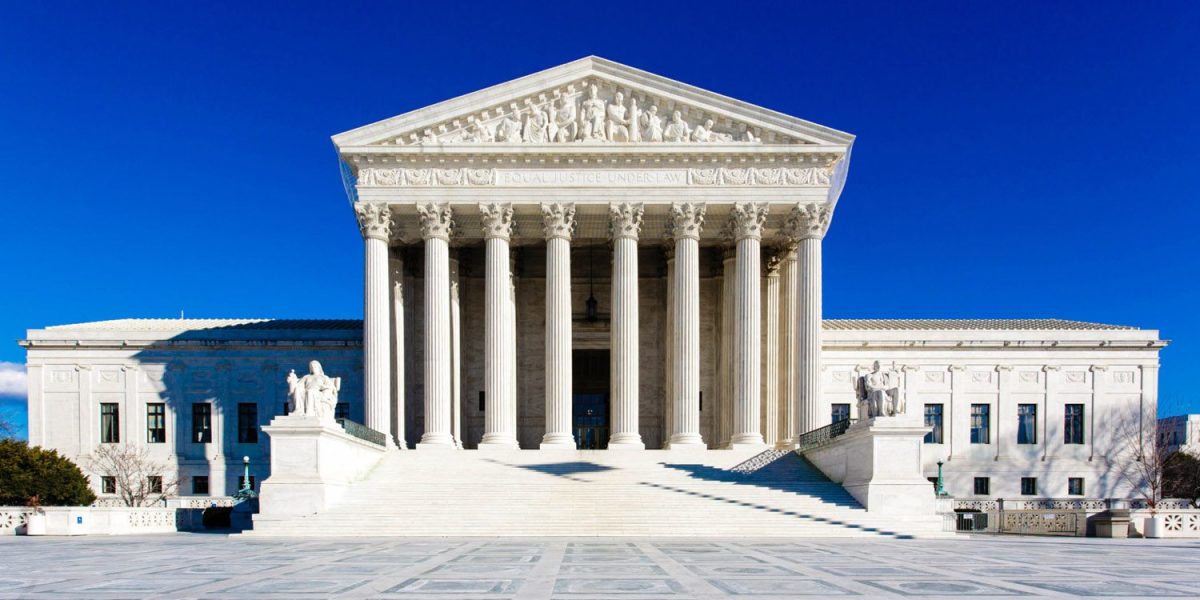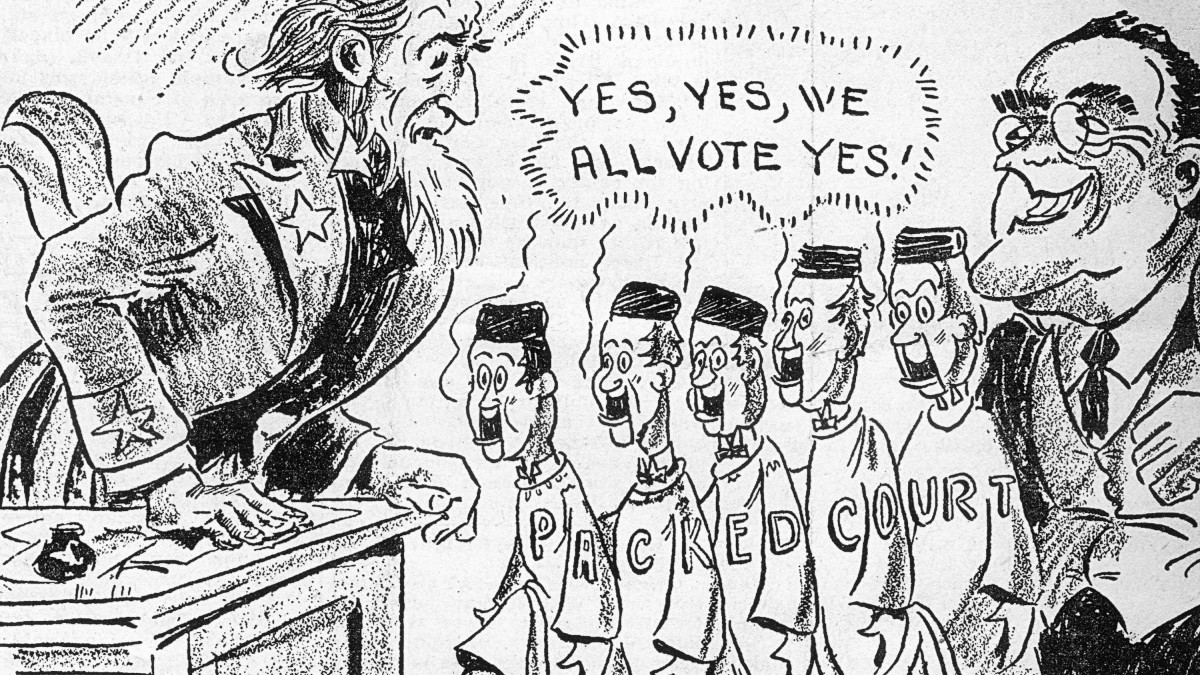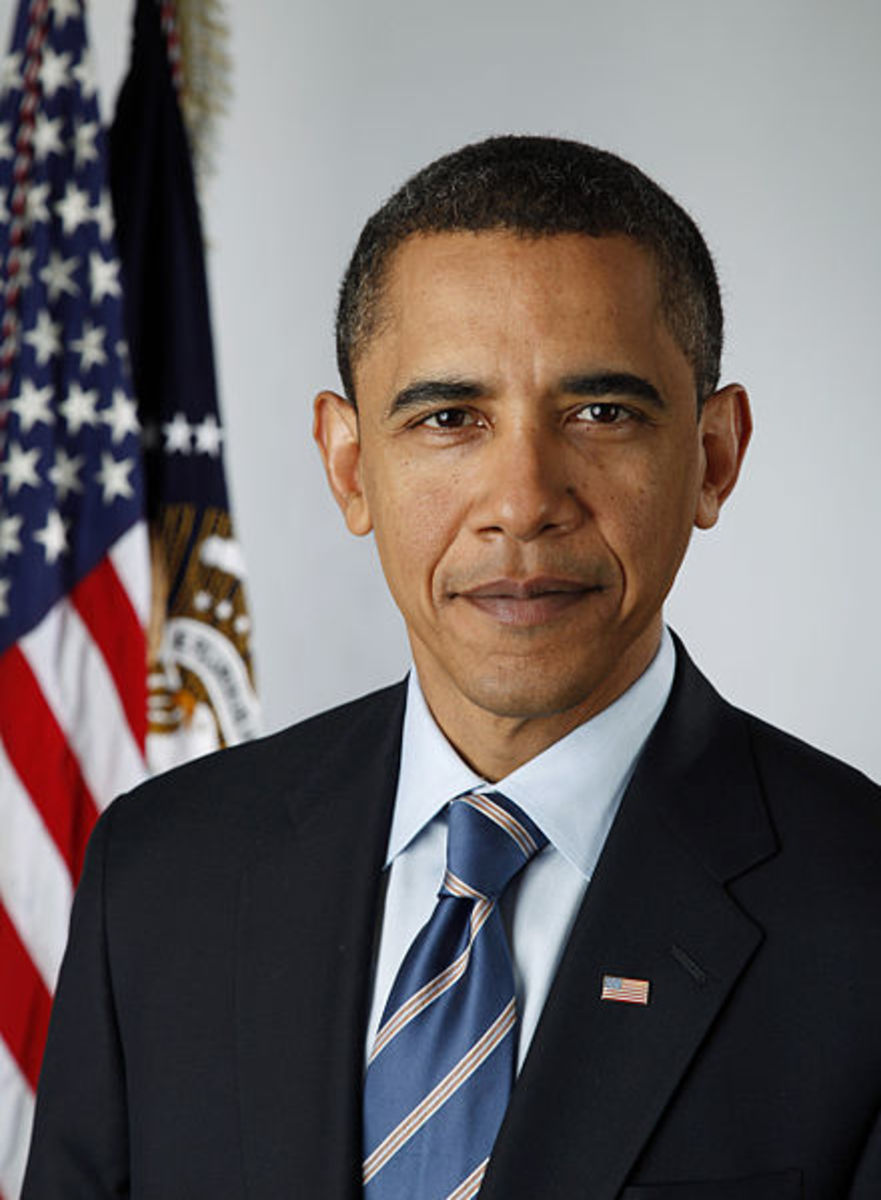Roy Moore Redux: America’s Ten Commandments Judge is Back
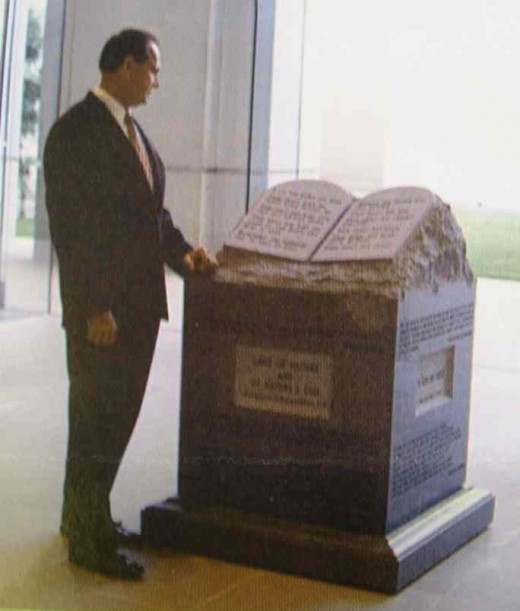
In 2013 Alabama's native son, Roy Moore, was sworn in as the new Chief Justice of the Alabama Supreme Court, a position that he was removed from ten years ago. Moore was at the center of the Ten Commandments controversy when, in 2003, he was found guilty by his state’s Court of the Judiciary for violating the canons of judicial ethics. Moore had refused a court order to remove a two and a half ton monument of the Ten Commandments from the Rotunda of the state’s supreme court building that had been placed there by Moore.
Moore's political resurrection and presence in American politics continue to raise those questions that have centered on Moore's actions when he refused to remove that monument. Some of those issues include:
- Can the government erect Christian symbols without “establishing a religion”?
- Is the state under obligation to acknowledge God?
- Is a public official like Moore upholding the rule of law or violating it for taking a stand like he did?
In this essay I will review the conditions surrounding Moore’s removal as Chief Justice.
It Starts in Alabama…
Moore was born in Alabama in 1947, the same year that the Supreme Court decided Everson v. Board of Education which incorporated the Establishment Clause to the states, inventing the new “wall of separation” doctrine which became the mantra of late twentieth century Establishment Clause jurisprudence. It would be the developments from the Everson case that would result in the removal of religious symbols and practices from public lands, such as prayer, Bible reading and the displaying of crosses on government land. It is this secularization of the American landscape that provides the backdrop for Moore’s drama surrounding the Ten Commandments.
After graduation from high school in 1965, Moore received a commission to the United States Military Academy at West Point. After graduation, he served in the United States Army until 1974, doing a tour of Vietnam. Moore left the Army in 1974 as a captain. From there he went to law school, graduating with his law degree in 1977. His first introduction to public office was serving as Etowah County’s first deputy district attorney, a position he held for five years.
During the 1980s Moore ran for two positions: county court judge and district attorney, both of which he lost. One of those races that he lost was in 1982 in pursuit of a circuit judge seat in Etowah County. Ten years later after losing that race, Moore would actually be appointed to that office by Governor Guy Hunt after Julius Swann, the sitting judge, died. In 1994, during the “Republican Surge” Moore ran for that office and won in his own right, garnering sixty percent of the vote.
It was while he was a circuit judge that Moore began to garner opposition to the way he conducted business on the bench. A main issue was a plaque of the Ten Commandments which Moore had prominently placed in his courtroom. Moore made the plaque himself in 1980, the same year that the Supreme Court decided Stone v. Graham, which required that copies of the Ten Commandments be removed from public schools. Moore also opened court proceedings with prayer. The ACLU caught wind of Moore’s actions and began their normal routine of intimidation, demanding that he stop. When he refused to do so, the ACLU filed a lawsuit against Moore in 1995, claiming that he was in violation of the First Amendment’s Wall of Separation doctrine. Moore’s response was that it was the obligation of governments to acknowledge God and that he was doing so by praying in the courtroom and by displaying the Commandments.
The case against Moore landed in state circuit court in 1996. Moore won part of the court case: Circuit Court Judge Charles K. Price told Moore that he could keep the copy of the Commandments posted, but that the praying in the courtroom had to stop. Moore defied the judge’s order and proclaimed that courtroom prayers would not stop. Upon hearing of Moore’s defiance, Judge Price reversed his ruling, this time saying that Moore had to not only stop praying in the courtroom, but also had to take down the copy of the Commandments. Moore refused to do both, appealing the case to the Alabama Supreme Court where the case was tossed on a technicality. Ironically, Moore’s next destination would be the Alabama Supreme Court.
Roy Moore Before the Court of the Judiciary
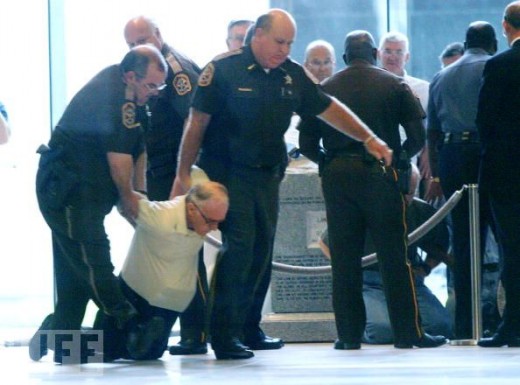
Moore as Chief Justice
In 1999, some conservative groups supported Moore as a possible candidate for the Chief Justice position of the Alabama Supreme Court after Chief Justice Hooper announced that he would not seek reelection (In Alabama, justices to the state’s supreme court are elected by the voters). At first, Moore was reluctant to pursue the position—there were other Republican candidates that were better funded than he was. In the end, however, he ran for office, beating the Republican nominee and easily trouncing the Democrat candidate. In his inaugural speech in 2001, he noted the recognition of God in the Alabama State Constitution and that he would uphold the public acknowledgment of God while in office.
Controversy Follows
It did not take long for controversy to dog the new Chief Justice. Moore took his plaque of the Ten Commandments and placed it outside the door of his office. However, he had bigger plans for the recognition of God at the Alabama Supreme Court Building. Moore contracted to have a piece of Vermont granite chiseled into a monument of the Ten Commandments. On July 31, 2001, Moore had the two-and-a-half-ton monument installed in the Rotunda of the Alabama Supreme Court building. Once installed reactions were mixed. People began to visit the courthouse just to see the monument. Many praised it as a fitting tribute to a state “under God.” Predictably, the ACLU and the Southern Poverty Law Center began to demand that the monument be removed. Accusations about the monument followed, like the monument constituted a “graven image” or that it was “an establishment of religion.” Others accused Moore of installing the monument “under cover of darkness” (the Monument was installed at night).
Moore’s refusal to remove the monument followed with the ACLU and some other groups filing a lawsuit against the Chief Justice in 2001. A year later, the case was tried as Glassroth v. Moore in federal court. Moore took an atypical approach in the case, arguing from the actual text of the Establishment Clause as opposed to test cases and precedents. In his autobiography So Help Me God, Moore stated his two-fold strategy in federal court:
- Adhere to the actual words of the Establishment Clause—Moore presented the claims that “I am not Congress making a law, that the monument was not an establishment of anything, and…that the monument was not religion.” (1)
- Make the state face the fact that the Constitution does not prohibit an acknowledgement of God (2):
Federal judge Myron Thompson ruled against Moore and ordered the monument removed. Moore appealed but lost on appeal in 2003. The Supreme Court refused to hear his case.
Moore did not waver; he refused to remove the monument. At this point, Moore was declared in violation of a federal court order and was charged by the Judicial Inquiry Commission (JIC) of the state of Alabama. Those charges were submitted to the Court of the Judiciary which tried Moore based on those charges submitted by the JIC. Moore’s response was that he had an obligation to acknowledge God, that as the chief judicial officer of the state, he was within his prerogative to place the monument where it was, and that the monument would stay. On November 13, 2003 Moore was found guilty of violating the canons of judicial ethics of the state of Alabama and was removed from office.
Today, Moore heads the Foundation for Moral Law which has as its purpose, among other things, to defend those that are under attack for acknowledging God in public. It’s ironic that even though Moore lost his case, today many others are winning in court because of his experience.
It Continues in Alabama….
Moore’s actions call into question many issues: was Moore right to defy the federal order? Does the state have an obligation to acknowledge God? These questions and others continue to be a part of the American dialog over the role of religion in public life. Moore has been at the forefront of defending our religious liberties. His restoration to public office and popular vindication before his opponents is great news to those that desire to see in public office statesmen that are willing to make personal sacrifices for American religious freedom.
Notes
(1) Roy Moore: So Help Me God: The Ten Commandments, Judicial Tyranny, and the Battle for Religious Freedom (Nashville: Broadman & Holman, 2005), 180.
(2) Moore, 179.
Was Roy Moore Right? Yes or No?
Should Roy Moore have complied with the federal court order to remove the Ten Commandments monument after being ordered to do so?
How Much Do You Know About Roy Moore?
view quiz statistics- "In God I Trust" by Roy Moore
Moore wrote this 2003 op-ed piece in the Wall Street Journal to explain his actions in defying the federal courts. - Our Moral Foundation--Editorials by Roy Moore
Until recently, Roy Moore wrote a column for WorldNetDaily called "Our Moral Foundation." The archives to these articles are still online. - Foundation for Moral Law
Roy Moore's organizations that assists Chrristians in their struggle to acknowledge God in public.



